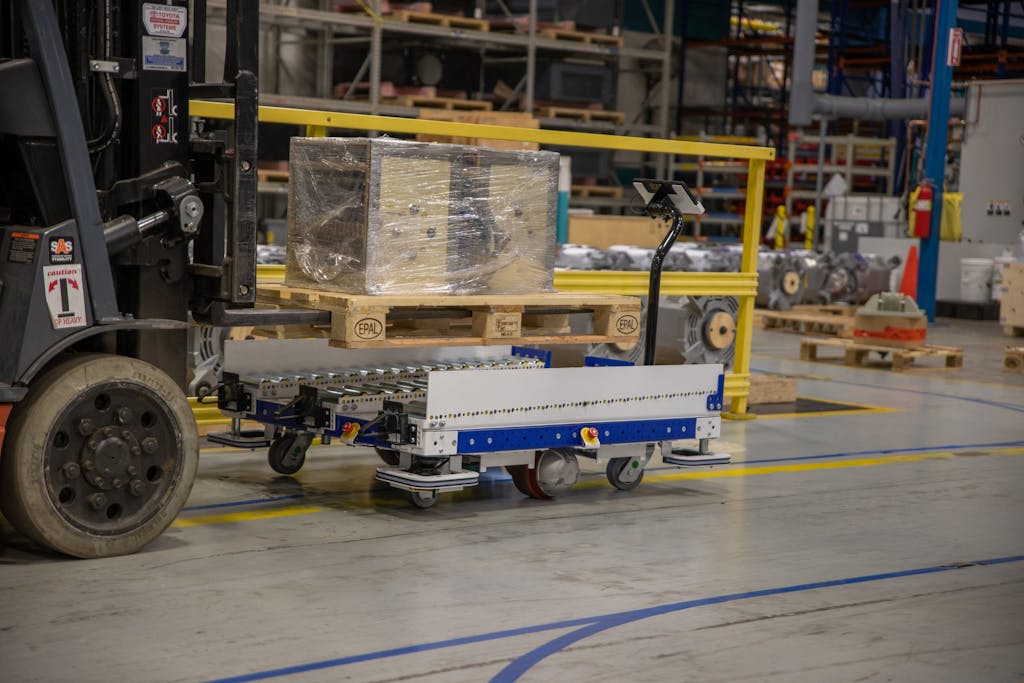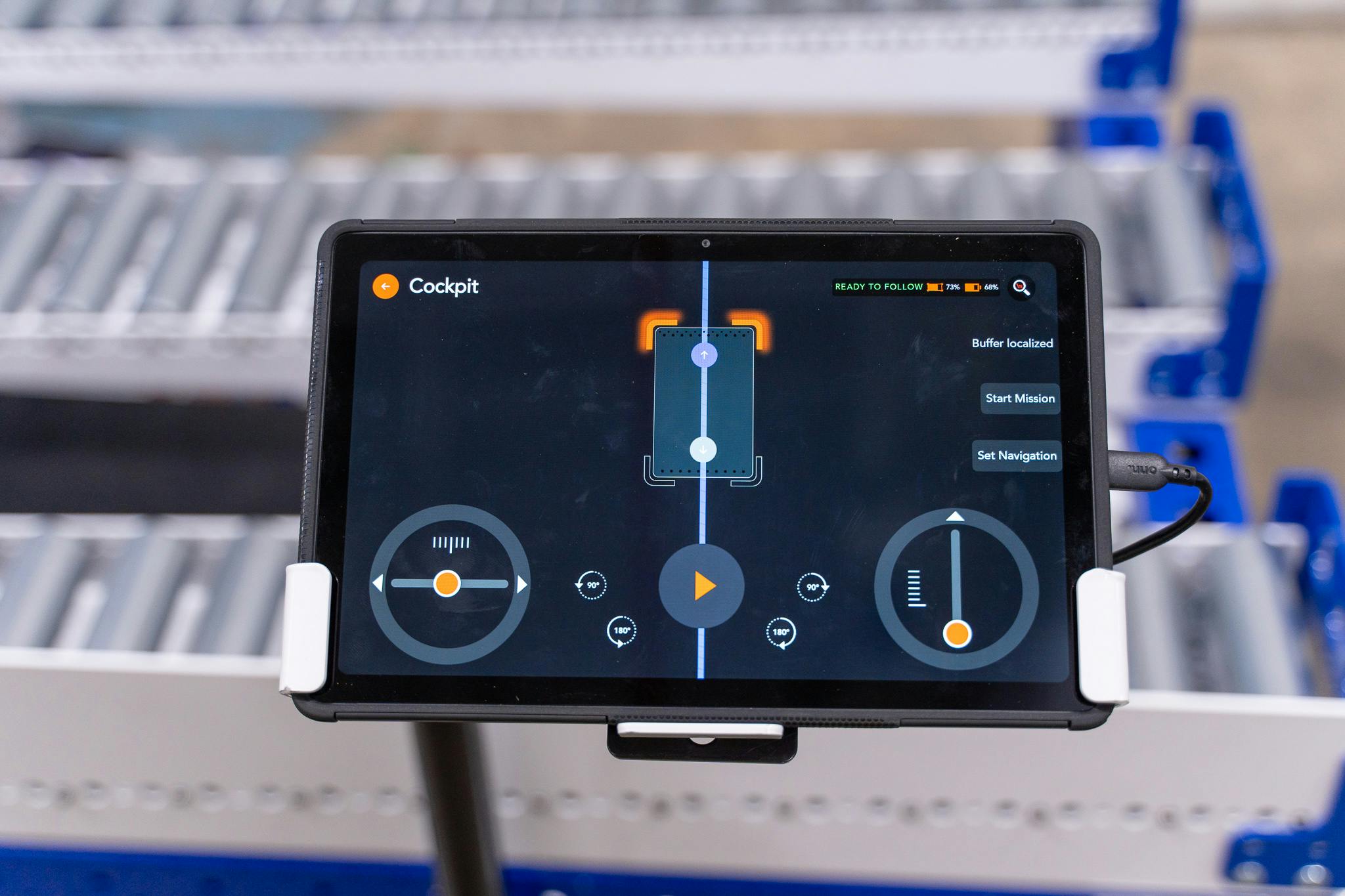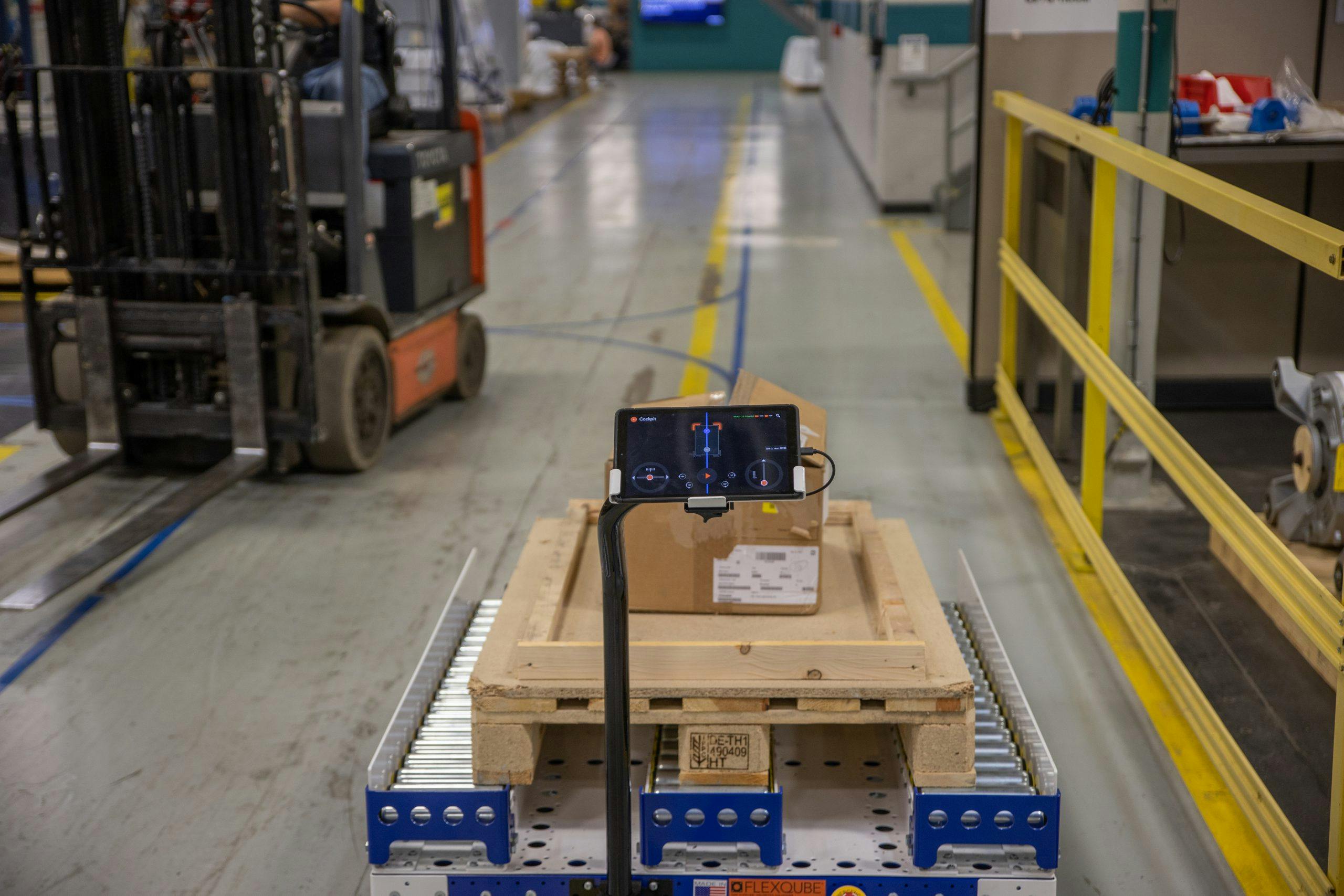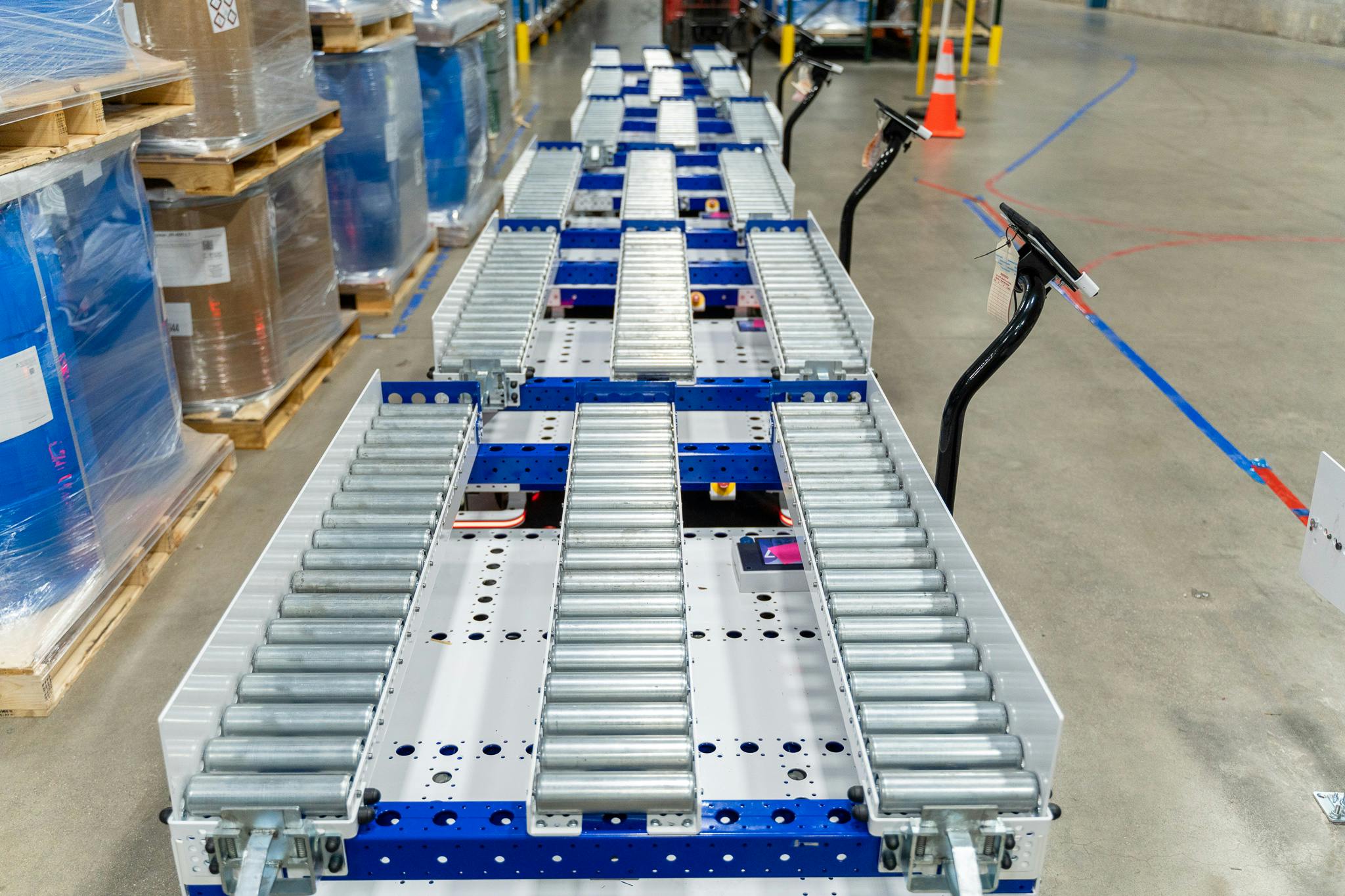How much does an AGV cost?

The Automated Guided Vehicle, AGV, is getting increased attention across industries, especially within intra-logistics and manufacturing.
According to a report by Research & Markets, as a result of the Covid-crisis and increased interest in automated systems, the global market for AGVs is expected to grow to US$2.9 Billion by 2027, with a CAGR of 6.1% over the period 2020-2027. Experts in North America forecast a 15% CAGR growth rate within the next five years, displaying the rise of demand for AGV systems in material handling.
There are various reasons for this increased demand; however, the reduced cost of implementing AGV systems in operations is a primary driving force of interest.
In this article, we will dive into the following:
- AGV Product types and navigations
- Usage area of AGVs
- The cost of an AGV
AGV Product Types and Navigations
An operation’s decision on the type of AGV system to use depends on the desired tasks it should complete and the facility’s infrastructure.
Based on the various reasoning for implementing an AGV system in material handling operations, there are different types of AGVs to consider.
The three main types of AGV:
- AGV forklifts:
These are used throughout the entire production line and automate lifting and transporting pallets.
- Unit load vehicles:
Have the ability to carry one or several units of load. They can also be referred to as Automated Guided Carts or AGC.
- Automated Towing/Tugger Vehicles:
Retain the ability to pull one or more non-automated vehicles, enabling the creation of a tugger train system. These commonly have a higher load/tugger capacity.
AGV Navigation
Just as there are a variety of product types, there are also different forms of AGV navigation.
Depending on the operations navigational systems, there are multiple ways for AGVs to navigate, all of which enable the vehicles to efficiently and safely move around the facility. The most common navigational technology used are:
- Laser Guided Navigation
A laser is used to navigate the vehicle through a positioning system accurately. The laser senses reflectors placed in the environment and can determine its position correctly using these points.
- Magnetic Tape Navigation
Interrail tape is installed, which guides the vehicle by allowing it to follow the implemented lines on the ground.
- Visually Guided Navigation
Cameras detect the surrounding area and navigate themselves using features within the facility.
- Geoguided Navigation
The vehicle follows a mapped representation of the surrounding environments allowing the vehicle to operate independently.

What are AGVs used for?
How AGVs are used depends on the use case and the needs of end-users.
Most cases focus on handling materials by transporting, delivering, and storing different materials in warehouses, manufacturing, and logistic centers. They do so without human assistance, ensuring that the production lines are always accurately managed.
These systems are increasingly implemented in many industries, such as:
- Aerospace and Defense
- Automotive
- Beverage/Food
- Consumer Goods
- Healthcare/Pharmacy
- Industrial Goods Manufacturing
- Logistics
- Packaging
- Retail
- Others
No matter the industry, the innovative navigation systems which enable the vehicles to maneuver automatically optimize the processes of the operations.
What is the cost of an AGV?
It is important to remember that a wide variety of factors can impact the price of AGVs. These factors can include the complexity of the user case, the form of navigation, and the size of the lead that the AGV needs to transport.
Before investing in AGVs in your facility, there are some key points to consider that impact the cost: How many vehicles are needed? What kind of AGV should be used? How complex is the installation? What is the size of the vehicles? – all this will impact the cost of an AGV installation.
So let’s dig deeper into how you can estimate your AGV price.
Prices of Automated Vehicles
The price of a vehicle depends on the size and volume of vehicles needed.
Based on the main product types of AGVs as previously mentioned, AGV Forklift, Unit Load Vehicle, and Automated towing/Tugger Vehicles, there is a price range between $40.000 – $200.000 depending on the size, type of vehicle, load capacity, and navigational system.
AGV Forklifts have an estimated cost range between $75.000 and $200.000. This depends, of course, on the choice of product type and the project’s supposed weight, load, and complexity, such as if the AGV needs to operate in narrow aisles.
Unit Load Vehicles have an estimated cost of approximately $40.000. There is a high variety of these vehicles, also called AGC. The main aspects that estimate the price are the load and transport capacity and the installed navigation system. For example, the cost can differ a lot depending on if the vehicles can transport a load of 500KG (1,000lbs) versus 2ton (4,000lbs)
Automated Towing/Tugger Vehicles range between $50.000 – $85.000 depending on the navigation system and whether the product is semi-automated or fully automated.
The AGV: a cost-saving solution
Technological developments have enabled intra-logistic improvements by automating various functions in the warehouse and manufacturing processes, such as creating a safer work environment, reduced error rate, and increased accuracy.
The AGV is a cost-efficient modular automated solution. This is designed to provide solutions for every material handling process in your operations which alternatively is managed through human labor.
The top 3 benefits of the AGV
- Reduction of labor cost
The AGV replaces equipment that previously needed human maneuvering, creating a more efficient process, and reducing waste and unnecessary costs.
- No increased costs over time
The cost/benefit balance of implementing AGVs is positive after one year to one year and eight months, depending on the complexity of AGV systems. Hence, the ROI period is short for AGV solutions.
- Elimination of replacing damaged products
Humans make errors, which often leads to equipment and materials being damaged during transportation—for example, running a forklift into products. The AGV has a high safety system whereby sensors are used to detect obstacles and hinder any collisions.
To learn more about AGVs read this post

Key Takeaways
How much the cost is for an AGV depends on the project, the product type of the AGV, load capacity, and the navigational system used but typically range between $40.000 – $200.000.
Want an AGV price estimation? Contact us
-
U.S.
![]()




